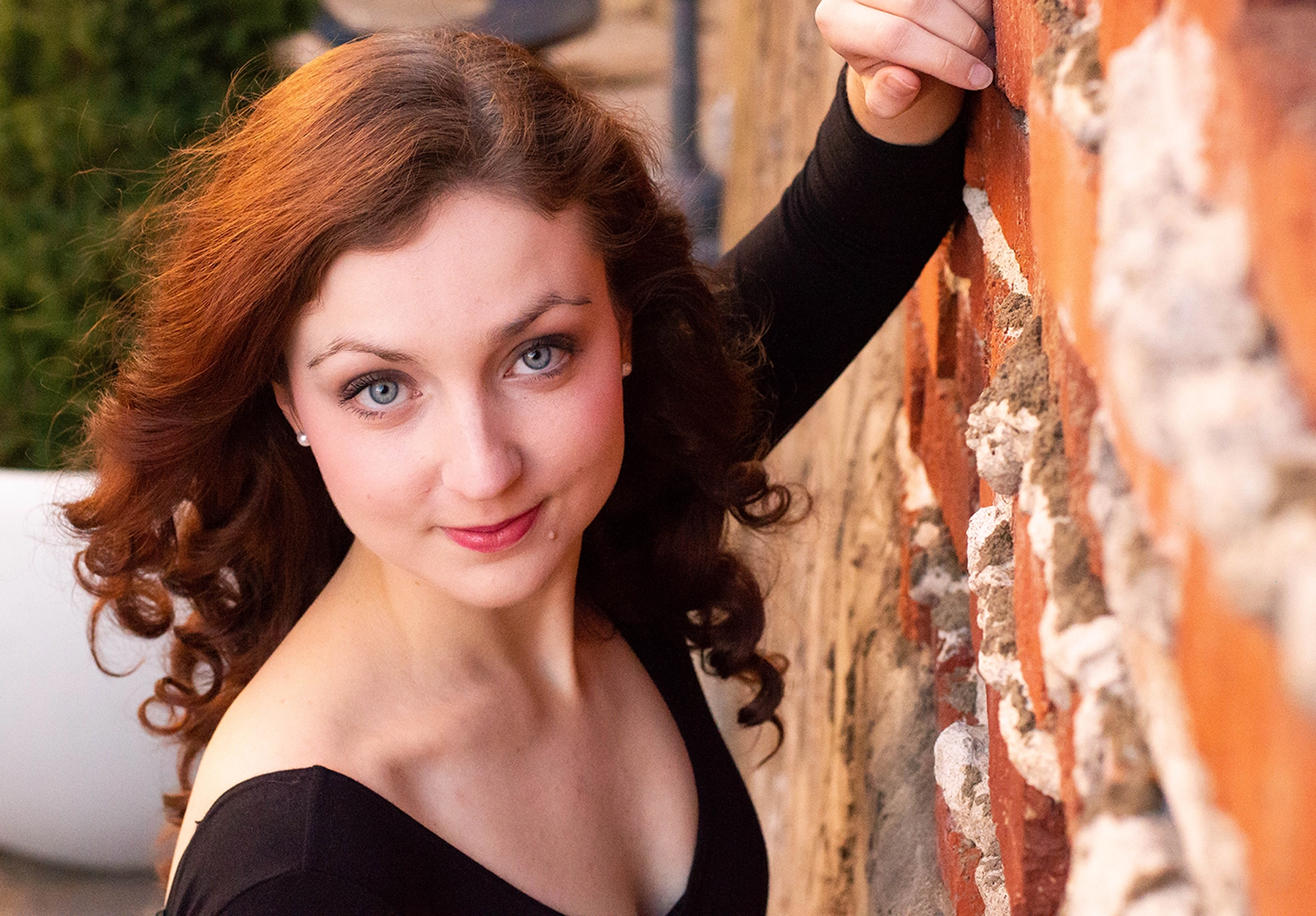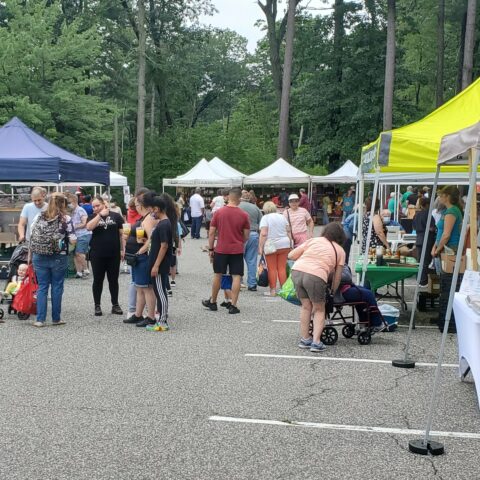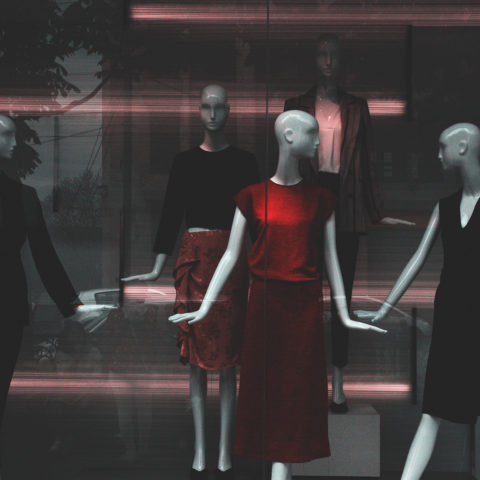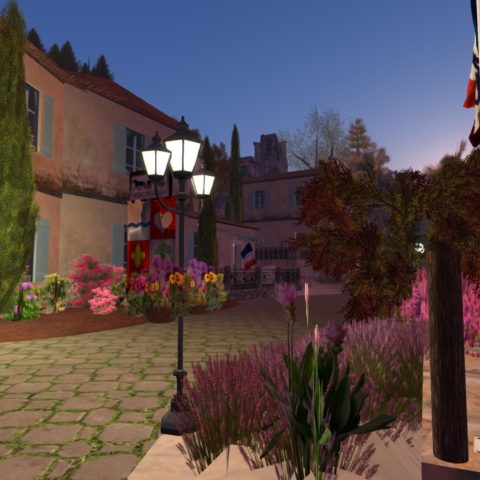New dance companies don’t just sissonne into being every day, so when we heard that Fiona Scruggs was creating a new entity, Qualia Dance Collective, we were intrigued.
Editor’s Note: This article originally appeared at The Greylock Glass on July 21. 2022.
STOCKBRIDGE, Mass. — Choreographer Fiona Scruggs has founded and will premiere her new dance company, Qualia Dance Collective, this summer 2022 in the Berkshires and surrounding New England region, as well as will premiere a new work titled “Chiaroscuro.”
Qualia Dance Collective performs the choreography of Fiona Scruggs and seeks to explore the qualities of space, time, and energy as catalysts for movement and art. Qualia Dance Collective began in 2021 as Fiona Scruggs Dance and transitioned to its new name in 2022. Members of the collective include Veronica Bone, Jordyn Cormier, Gillian Ebersole, Cecilia Kittross, Kendra Lassor, Shannon Nulf, and Fiona Scruggs. The collective is joined by dramaturg Hannah Gellman.
Greylock Glass: Dance transformed into Qualia Dance Collective this year — what does that change represent, and does the change have an impact of any kind on your identity as an artist?
Fiona Scruggs: This change is quite exciting. It’s the beginning of a formal presentation of my work as a choreographer and artistic director of an emerging dance company. It’s equivalent to starting a small business, which is thrilling and daunting at the same time. On my identity as an artist, I would say that I feel more confident in sharing my work and celebrating the moments I get to share the stage and studio with my dancers and fellow artists who are on this journey with me.
Greylock Glass: What are some of the strengths that the other members of the collective bring to the project, and why the addition of a dramaturg?
Fiona Scruggs: The other members are incredible humans. Warm, caring, and passionate people are their first strengths. And of course they are amazing dancers and artists. They each have such varied backgrounds and experiences as performers, educators, administrators, and choreographers in their own rights, as well. It really makes for interesting conversations and brainstorming when I ask for their input or we just have the chance to talk about recent dance performances we’ve seen with each other. We’re always thinking and talking about dance.
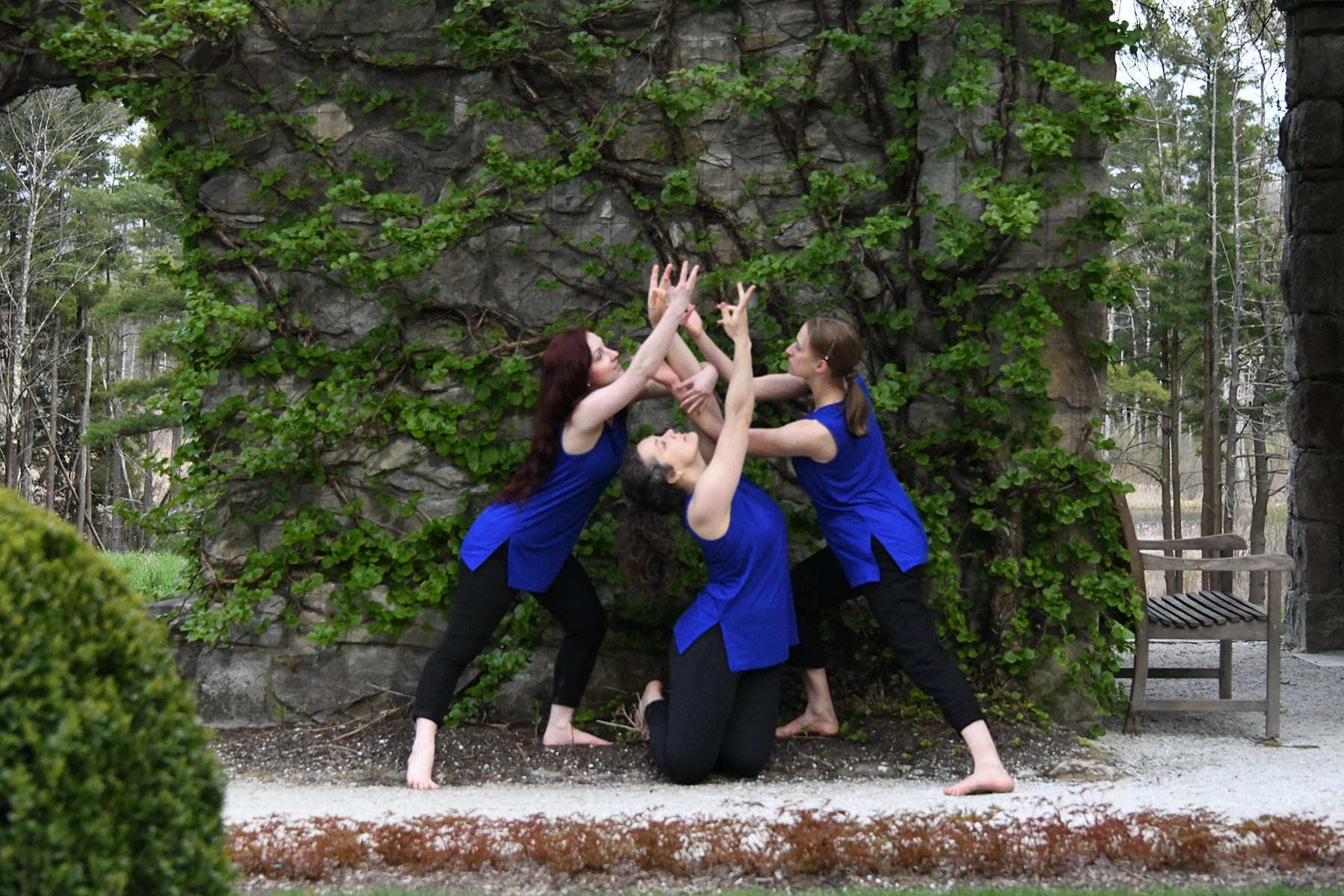
I brought in a dramaturg to support the storyline of “Qualia,” performed most recently at Chesterwood’s Arts Alive! series in June 2022. Dramaturgs help hold the space and story for directors, playwrights, and choreographers as both an outside perspective and someone who knows the intention of the particular story well. In my case, Hannah, the dramaturg, helped me clarify intention and focal points in the choreography to enhance how the audience would interpret and experience the piece. I also enjoy working across artistic disciplines, so bringing in someone from a theater background was exciting to broaden my own perspective as an artist and creator.
Greylock Glass: What are some of the elements of teaching, performing, and directing that overlap, and where do the diverge?Good question. For me, I would say vulnerability, organization, curiosity, and commitment are all elements that overlap in those realms. I think that teaching and directing have less divergence than one would think. In a classroom of students, you’re “directing” them/guiding behavior and in a rehearsal studio with company members, you’re “teaching” choreography, and in both scenarios you’re leading by example, being vulnerable and willing to acknowledge mistakes or when you don’t know something, staying organized with your plan/goals, and always being curious and committed to the work. In performing, I would say there’s less “teaching” and “directing” since you’re embodying and carrying out the vision of someone else, but you certainly still lead by example in how you show up each day.
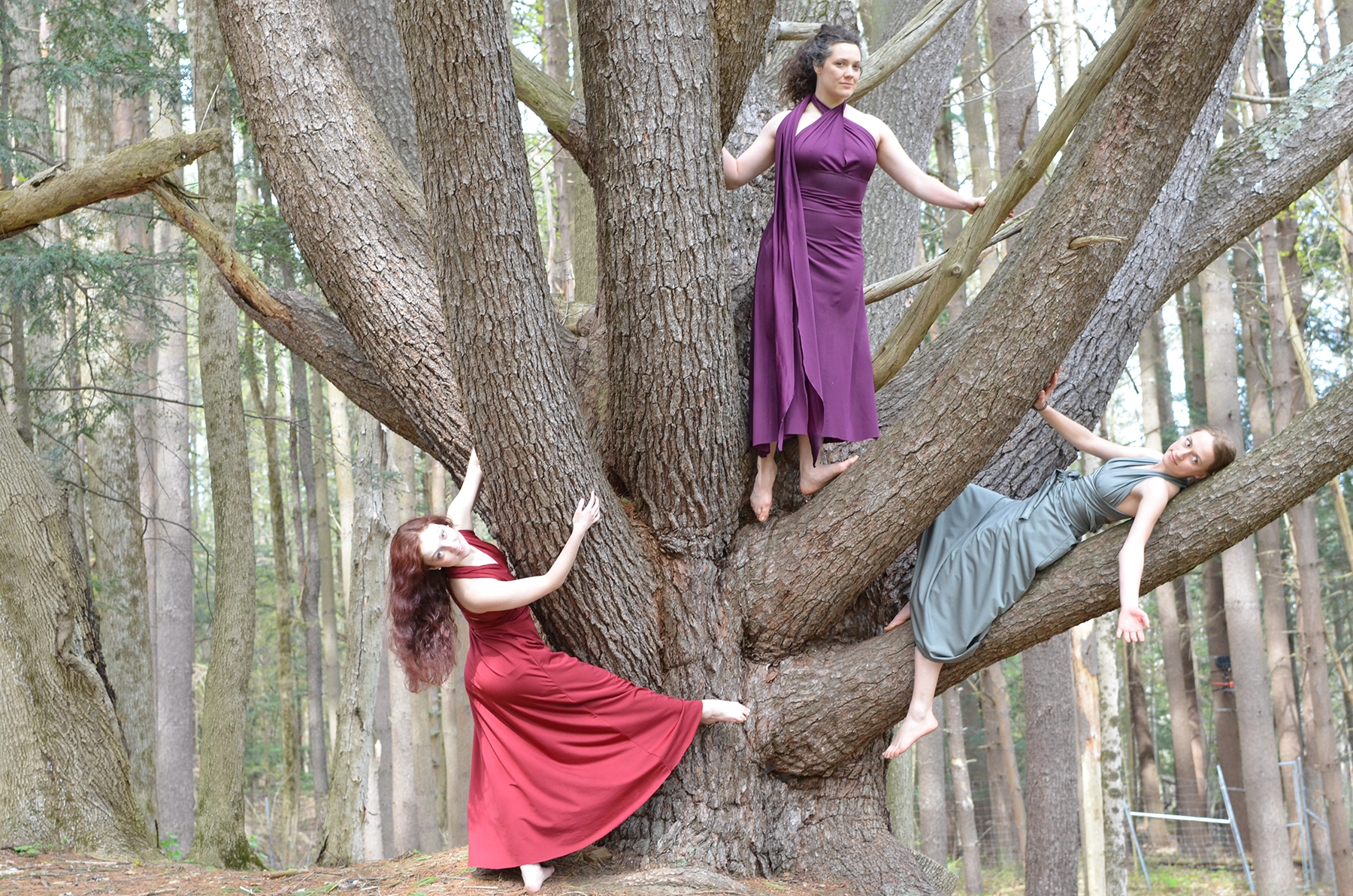
Greylock Glass: Josephine Baker was accepted and celebrated by the French, yet she was ostracized and slandered here in the States. If you ever found an explanation for this dichotomy, what did you learn, and do you feel that the puritanical streak of condemnation of women in the arts still exists in the U.S. today?
Fiona Scruggs: I spent many months researching and studying Josephine Baker in college for an honors thesis. What I found was that much of this dichotomy goes back to racism in this country. During the time period that Baker was most successful in France, ideas of colonialism were romanticized across Europe. These social constructs were and are harmful to everyone, and especially BIPOC individuals. The more we learn and educate ourselves and each other, the better we can make changes to ensure that there is equitable representation in our communities.
I wouldn’t personally say that I’ve experienced a puritanical streak of condemnation of women in the arts in the U.S. today. However, that does unfortunately exist in some communities and certainly exists outside of the arts. In regards to the arts though, I’m very fortunate to be in a community where women are supported in the arts and many of my mentors and role models are women in leadership roles in the arts. Have the arts achieved gender-equality? No. There is plenty of work to be done and it’s still a long road ahead. And I can only hope that the arts can be a beacon for the rest of our society in doing the work to make this world equal and equitable for people of all gender-identities.
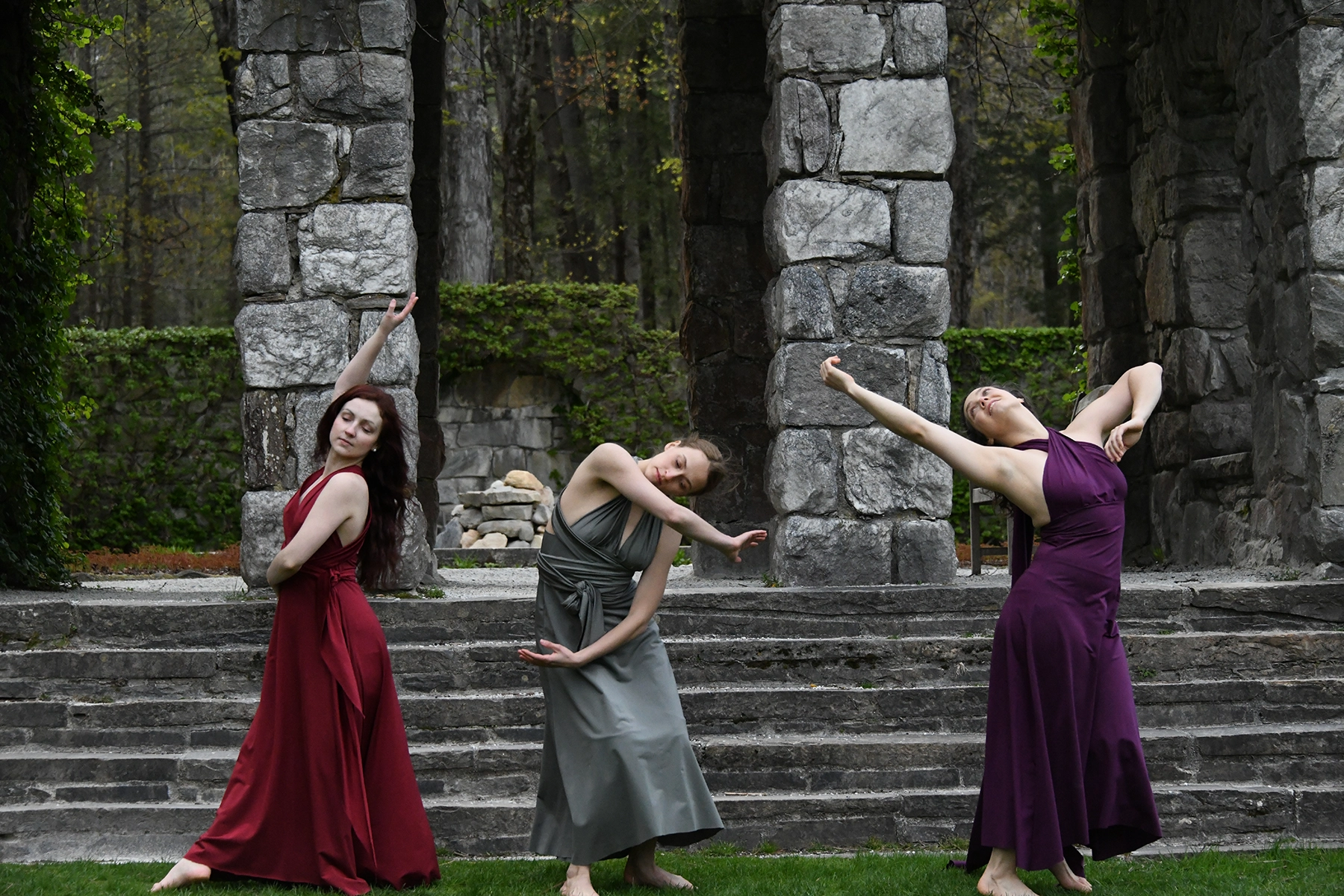
Greylock Glass: Describe the significance of Chiaroscuro, and how does it serve as a platform or catalyst for the Qualia Dance Collective.
Fiona Scruggs: Chiaroscuro means the contrast of light and shadow. In my new work, premiering on August 25 at Chesterwood’s Arts Alive! series, Chiaroscuro draws on art, mannerisms, and narratives of the Baroque. Through a contemporary lens, this Baroque music and movement study juxtaposes le sacré et le profane, or the sacred and common, with the contrast of light and shadow as defined by chiaroscuro. It’s significant because it espouses two juxtaposing ideas. I think that we experience that quite often in our daily lives, so I think the audience will observe this contrast and can relate it to common, everyday experiences they have, as well.
Chiaroscuro is a catalyst for Qualia Dance Collective because it’s a new evening-length work that further defines the artistic mission and goals of the collective. As an emerging choreographer and a new company, it takes time, experience, and resources to refine the goals and mission of my own artistry and that of my company. Each performance opportunity and chance to create new work supports this endeavor of artistic identity. I also rehearse at Berkshire Pulse in Housatonic, and I’m incredibly grateful for the studio space and time to create this work there.
Chiaroscuro is getting performance exposure across Berkshire County, the Hudson Valley in NY, and central Connecticut this summer. Every time we perform Chiaroscuro, I get feedback from our audience which brings clarity to the current piece, as well as new edits and additions I can make to the rest of the piece. As humans, we’re always changing, so our art should reflect that.
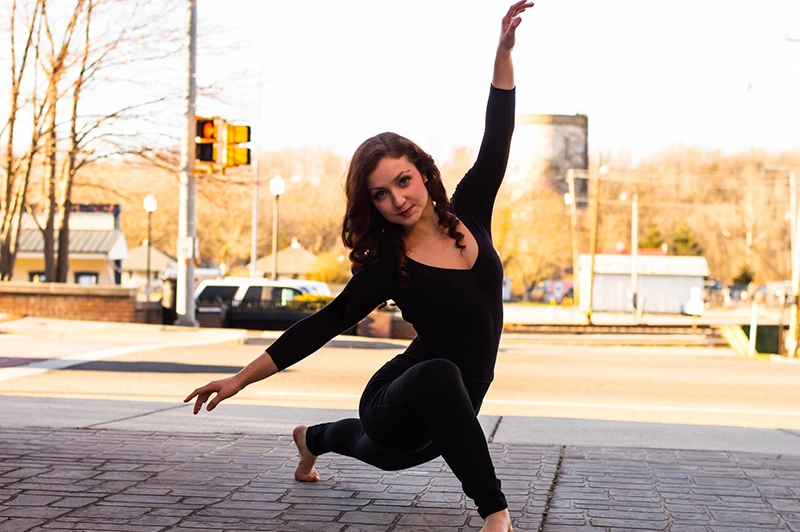
Born in Tübingen, Germany, Fiona Scruggs is a dancer, choreographer, researcher, educator, and writer.
Fiona’s choreography has been presented at the 5×5 Dance Festival (Connecticut), The Foundry, Bard College at Simon’s Rock, Berkshire Theatre Group’s Unicorn Theatre, the New Rochelle Arts Fest, Salzburg International Ballet Academy Gala, Hudson Valley Academy of Performing Arts, and Radford University.
She is currently a Teaching Artist Fellow through the Massachusetts Cultural Council Creative Youth Development program and is an American Ballet Theatre Certified Teacher. She is the founder and choreographer of Qualia Dance Collective.
Fiona is a teaching artist at Berkshire Pulse, the writer and digital content producer at Bard College at Simon’s Rock, and a contributing writer for The Berkshire Edge. She is the former School Programs Coordinator at Jacob’s Pillow Dance Festival, where she researched, wrote, and curated an archival collection about The School at Jacob’s Pillow’s 90-year history and legacy. Fiona received a bachelor’s degree in dance education, summa cum laude, from Radford University, where she received several fellowships and grants to conduct research and choreography in France and the U.S. on the life, career, and legacy of Josephine Baker, which she has presented at numerous regional conferences.
